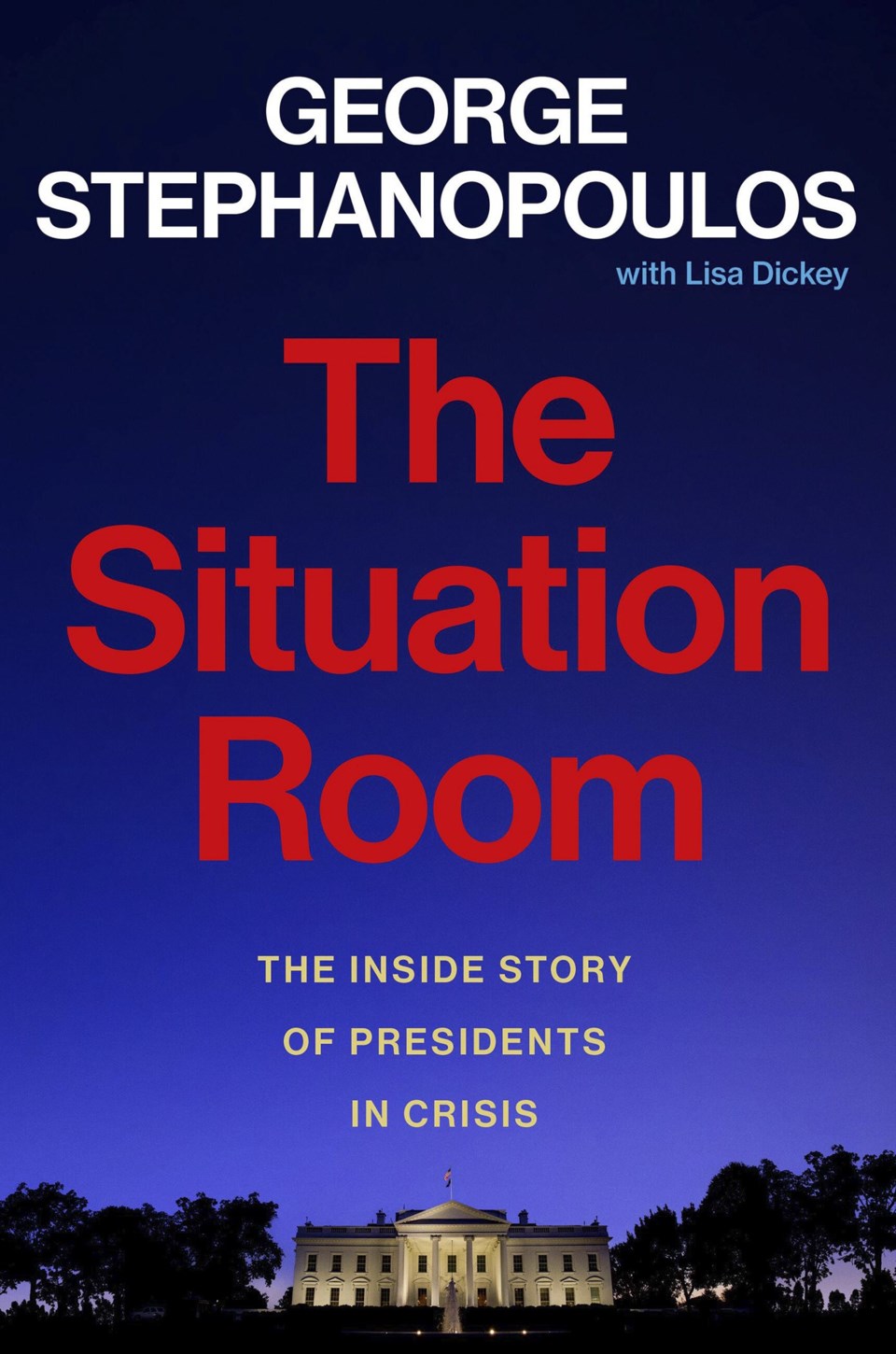The biggest challenge for an author tackling the history of the Situation Room, the basement room of the White House where some of the biggest intelligence crises have been handled in recent decades, is the room itself. As a setting, it's pretty underwhelming.
In “The Situation Room: The Inside Story of Presidents in Crisis,” describes how the room — actually a series of rooms — for much of its history didn't live up to its reputation in popular imagination or media. The centerpiece of it, as Stephanopoulos writes, had “all the charm of a cardboard box.”
But what keeps readers engaged in Stephanopoulos' history isn't any behind the scenes schematics or technology. This isn't a Tom Clancy novel, though it moves along as briskly as one. Instead, it's the stories Stephanopoulos and Lisa Dickey share of the normally nameless and faceless public servants, the duty officers who have staffed the center since its inception during John F. Kennedy's presidency.
Stephanopoulos, a political commentator and AС����Ƶ anchor who worked in the Clinton White House, wisely zeroes in on a single crisis during each of 12 presidencies during the Situation Room's history. Along the way, he reveals much about the differing management styles of the nation's presidents and offers plenty of interesting pieces of history.
This includes the granular level of detail Lyndon B. Johnson sought in regular calls to the Situation Room late at night or early in the morning. The book offers a glimpse at the frenzied conversations that took place following Ronald Reagan's shooting in 1981.
It should come as no surprise that the most riveting chapter centers around the moment that led to the most widely seen photo of the “Sit Room” — the killing of
Stephanopoulos reveals that the photo — which showed former President Barack Obama in a cramped conference room receiving updates on the raid on the terrorist leader's compound — could have looked a lot different. A larger room was available, but officials were worried about losing the audiovisual link if they tried moving it from the cramped room.
The duty officers whose stories are at the heart of the book are portrayed as apolitical figures, with one saying they “serve in silence.” Stephanopoulos' book is a fitting tribute to them.
___
AP book reviews:
Andrew Demillo, The Associated Press



